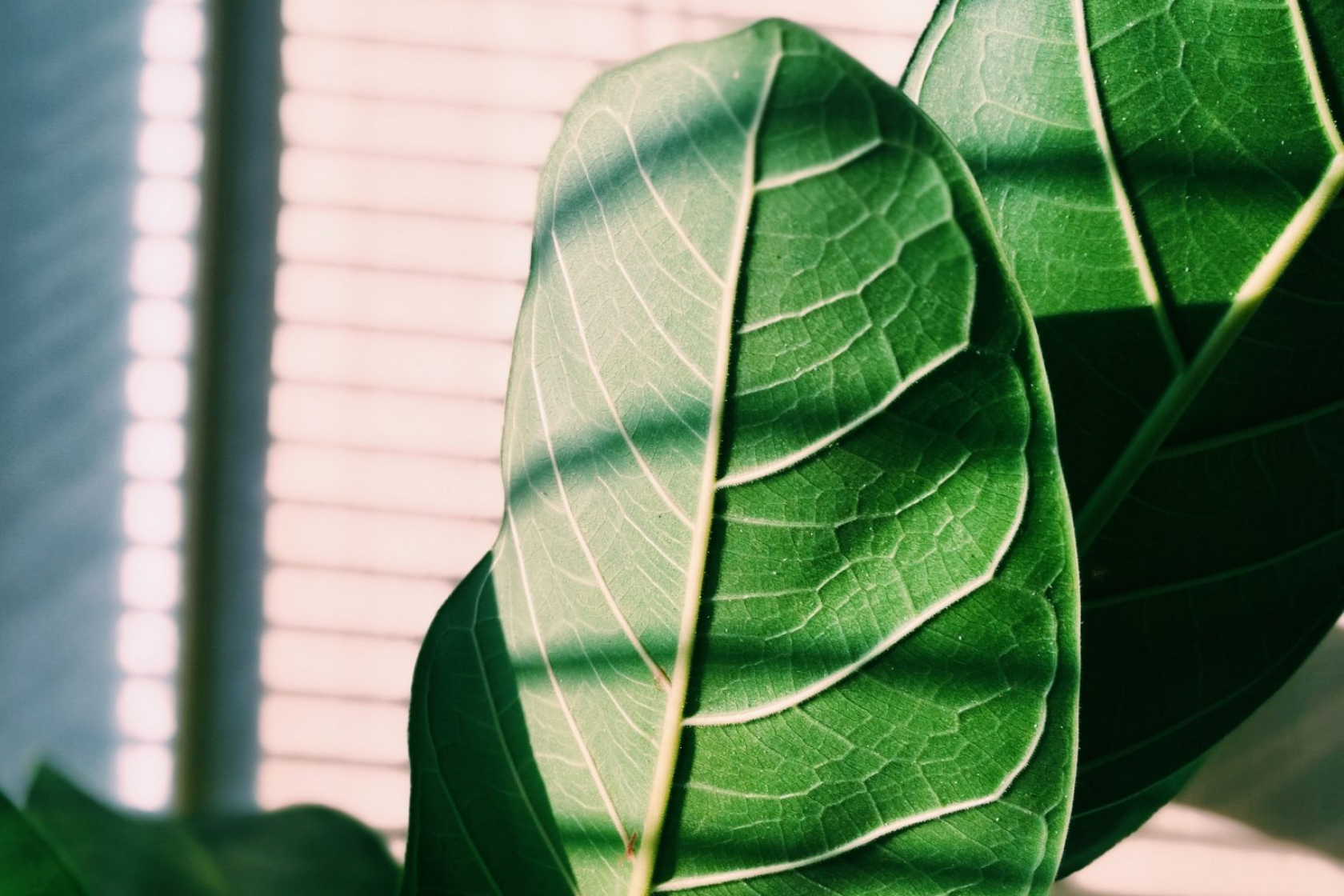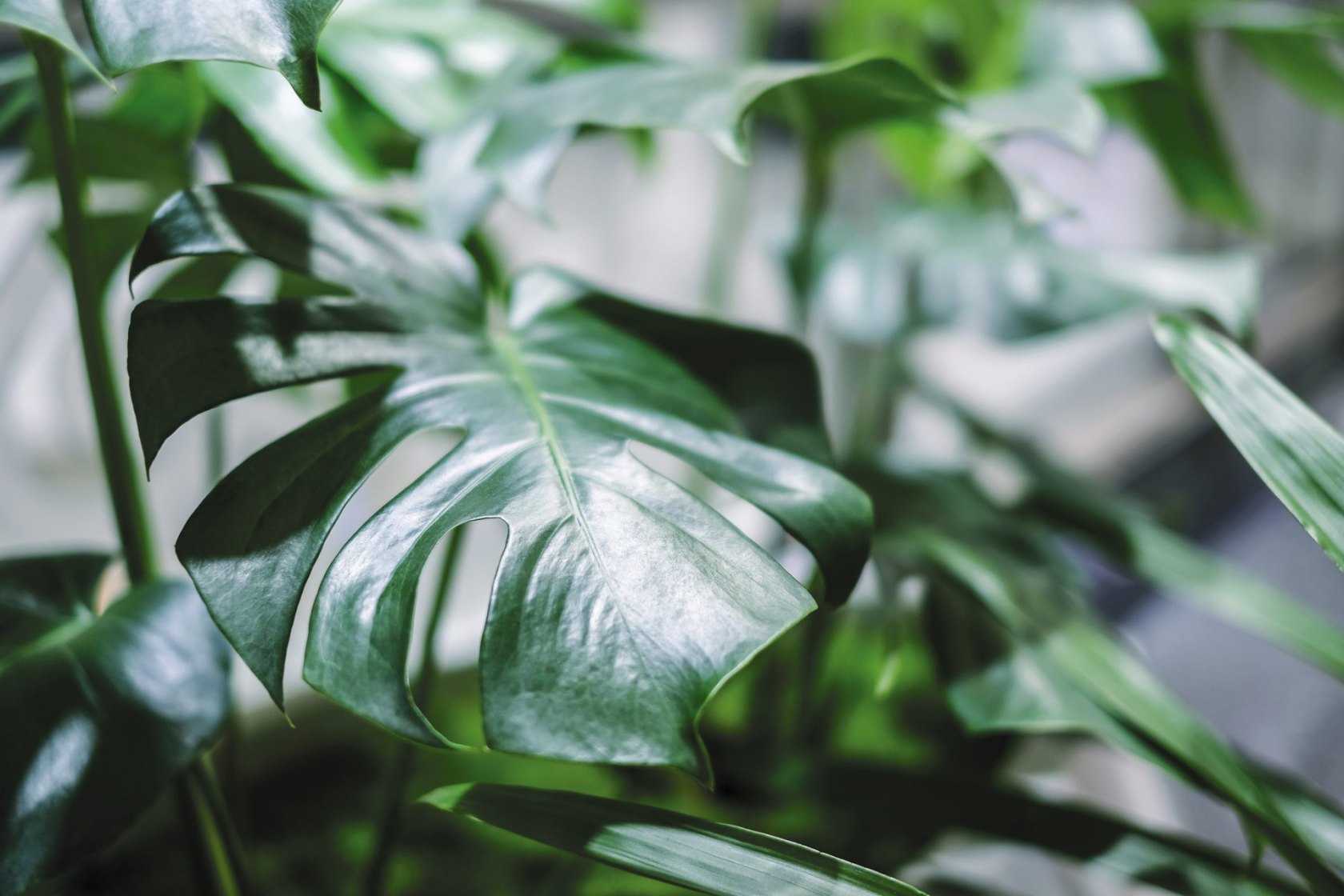Has your plant suddenly started leaning to the side? Here’s what might be causing the problem, and how to fix it.
Plant parenthood can sometimes feel like solving a series of never-ending mysteries. From dealing with yellow leaves to addressing brown spots, your leafy friends can face a wide range of potential problems – each with their own unique causes and solutions.
One of the most common of these problems is a leaning or lopsided plant. We’re not talking about droopy foliage – that’s an issue for another day – instead, we’re talking about when your plants appear to lean or bend to the side, almost as if they’re falling over.
Understandably, this can be a little alarming – especially if your plant has suddenly started leaning after a period of standing strong and tall. But there are a number of easily-solvable reasons why a plant might go lopsided. Here’s what you need to know.
Why do plants go lopsided?
According to Richard Cheshire and Richard Hull, plant doctors at Patch, there are two main reasons why plants might go wonky or lopsided – because they’re leaning towards the light, or because they’re too heavy or have loose roots.
The former usually occurs when a plant has uneven access to natural light. “Plants will naturally grow towards the nearest source of natural light, and this can cause one side of the plant to lean as it reaches out to the light source,” they explain.
Interestingly, while it may seem like your plant is ‘leaning’, that’s actually not the case – the uneven access to light causes the shaded side of the plant to grow faster in order to reach the light, making it seem as if the plant is bending.
“Sometimes plants will lean if their roots are too loose in the soil, which can cause heavy vertical growth to topple,” the pair add.
How to fix a lopsided plant
If your plant is leaning towards the light, there is a very simple way to fix the issue. First, you should turn the plant’s leaning side away from the light until it ‘levels out’ and returns to a neutral position. Next, you can start rotating.
“By occasionally turning the plant by around 90 degrees every week, you will enable each side of the plant to gain equal access to the light it needs,” Cheshire and Hull explain. “That should have the effect of balancing out the plant’s growth to keep it straight and uniform.”
Plants that are leaning due to loose roots or heavy foliage may require a little more intervention.
“In these instances, firming the soil around the roots and placing the nursery pot in a slightly deeper decorative pot can help to support the stems lower down so they don’t fall down from their own weight,” the pair suggest.
“If you find that there are large roots around the edges of the pot then it is also time to repot your plant [move it into a larger container].”
Using a bamboo stake to support the taller parts of your plant is also an option. “Bamboo stakes are a great way to keep plants upright with very little management,” Cheshire and Hull explain.
“Simply pop them into the soil and lean the strongest stems against them. You could also use support clips to attach them, which are quite readily available online.”
New to plant parenthood? Check out Stylist’s guide to buying, styling and caring for plants to get started.
You can find out more about the most common houseplant problems by checking out our range of plant care content, too.
Images: Getty
Source: Read Full Article

